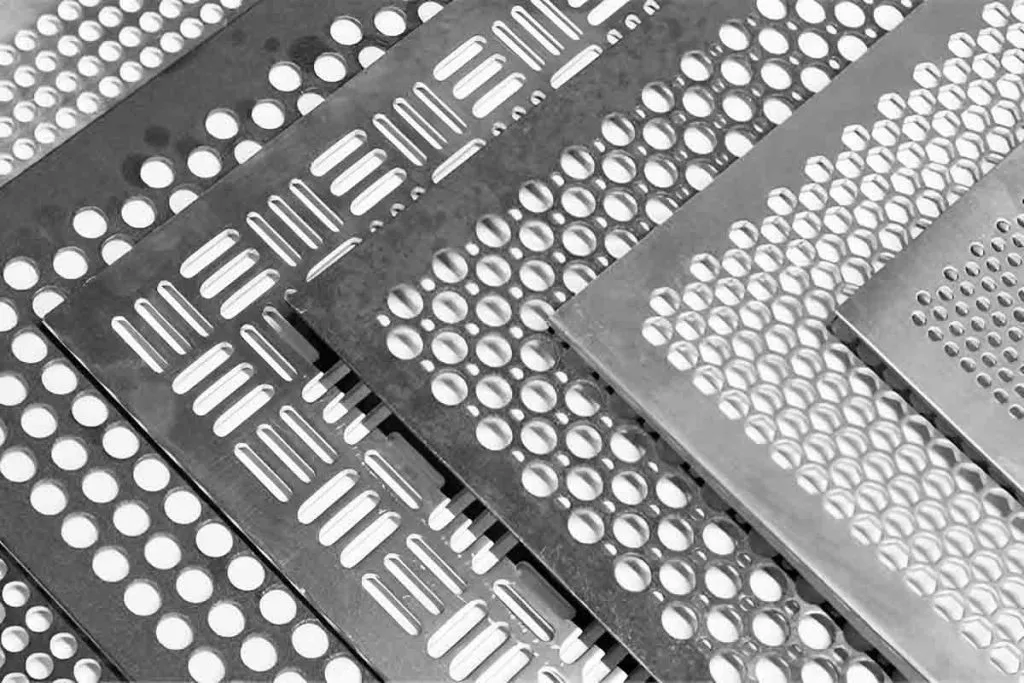Perforated Metal mesh plate is used in almost every industry possible: construction, electronics, etc., as a functional item as well as ornament. To the manufacturers, the most important aspect since accuracy is paramount, especially in the shapes and sizes of the perforations , chemical etching has been found to be among the most effective ways of achieving this. However, the question remains as to why chemical etching is the most suitable technique to use to generate quality perforated metal mesh?
What is Chemical Etching?
Chemical etching also known as photochemical etching, is method in which chemicals selectively dissolve area of the surface of a metal. This is made possible without exerting high pressure or force on the material thus allowing engineers to develop subtlety and sophisticated elaborate designs in their production processes. The outcome is a precisely clarified edge ideal for developing intricate perforated metal brand mesh designs.
Competitive advantages over other techniques of chemical etching
Chemical etching has many special advantages. It can produce highly complex work with fine surface edge finish devoid of burr and scraps; thus, it is suitable on thin metal sections and high accuracy tight tolerance applications. Secondly, it is designed for large order; at the same time, it still has the texture of metal material; however, the flat one is not worthy to produce.
Perforated Metal Mesh: Applications and Uses
Filtration and Separation
Perforated metal mesh is applied in nearly all industry sectors for filtration and separation applications. The holes that are made by chemical etching are more precise thus enabling one to control the flow of liquids or gases and thus suits the oil, gas and even water filterage industries .
Ventilation Systems
In ventilation systems, the perforated mesh is typically utilized in regulating air flow at the same time maintain a barrier over the additional parts of the ventilation system from dust and debris. That is the reason why chemical etching is recommended in the production of the various holes patterns that are characteristic of the specific airflow.
Electronic and Medical Uses
In electronics, the perforated metal mesh doubling up as a protection barrier that ensures no electromagnetic interference occurs on devices. In surgeries, the materials that demand large and exact distinctions is where it is used in surgical tools and items containing implants.
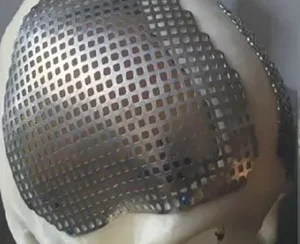
Ornamental and Structural separator
Apart from industrial and medical applications, such a product as perforated metal mesh also contributes to the aesthetics of architectural designs. Chemical etching has the ability to produce patterns with fine details, making it possible and aesthetically pleasing to use and integrate in to the building’s face , ceilings or any interior feature.
Why is chemical etching a preferred technique in fabricated metal mesh products?
Unmatched Precision in Design
Chemical etching also enables great level of detail and design and this is useful when etching small meshes with complex geometric pattern. This method can give excellent precision that other methods may be unable to generate with equal efficiency.
The Advantages of Using Large Scale of Production
Chemical etching as a process is much more cost effective for larger quantities than laser cutting or stamping. It does not require any hard tooling; hence, it is faster and might be easily tooled up quite early for a big production run.
Malleability when defining free-shape forms and curves
Chemical etching brings the flexibility of designs because manufactures can achieve different shapes and geometries on metal mesh. This is desirable to industries that require design that involve customization.
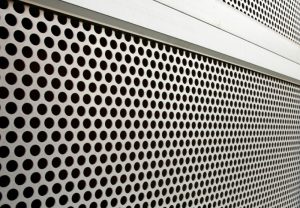
Working of Chemical Etching for Manufacturing of Perforated Metal Mesh
One such metal that is very much used in making of the etching plate is copper For the preparation of the metal etching, the Copper plate is first sliced into the desired shape according to the inscribed design so that it can fit easily and well on to the surface of the metal.
The surface of the metal is thus made suitable that there be no roughness of etching on the surface to be worked on. After that, the material called photoresist is applied on the areas of the chosen metal that one does not wish to etch.
For the Photomasking Process with the Greatest Precision
The exposed photoresist coating is done by a mask containing the design pattern of the desired substrate surface. This action warps the design to the metal surface thus getting the design right.
Etching and Development Stage
After that the metal is immersed in a chemical bath that seems to dissolve only areas that are exposed, thus the holey look. Finally, the photoresist is then developed so that the last pattern with perforation is obtained.
Comparing Chemical Etching with Other Methods For perforated metal mesh
These include physically placing an image press on a sheet of metal in order to mark an outline that is then embossed.
Stamping
Stamping also tends to elongate the metal and create burres for thin coated sheets. Although well suited for making thicker sheets, it provides the kind of surface that chemical etching does in precise applications.
Laser Cutting
While laser cutting may give nearly a precise cut, laser cutting may also create HAZs that alter the qualities of the metals. Another point to note it that laser cutting in average is much more expensive than mechanical cutting especially in the aspect of mass production.
Water Jet Cutting
Laser cutting is good but is usually suitable for the thicker ones. The method can result in producing sharp edges and it is not as accurate as chemical etching for designing tiny intricate mesh designs.
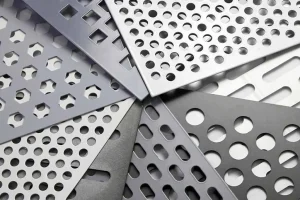
Chemical Etching as a Perforation Technique on Perforated Mesh
Burr-Free, Smooth Edges
As chemical etching does not use any mechanical force there are no sharp edge formation at all no burr formation. Since various applications require varying surface roughness on edges, it is useful where the edges of a part have to be polished with no sharp points, for example in medical extraordinary applications or in filtration.
Quick Turnaround Time
Chemical etching is another form of manufacturing that requires less tooling: lead times in etching are considerably lesser compared with conventional manufacturing. This makes it easier for manufacturers to satisfy demand whether it is for a high amount or few specific units.
Material Versatility
Chemical etching is used on a wide range of metal materials such as stainless steel, copper and aluminum. This versatility makes it possible for the manufacture of mesh in the materials that are appropriate for use in the various areas of use.
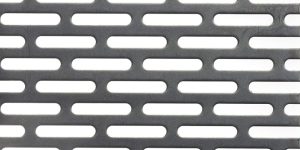
Environmental Effects of Chemical Etching
Reduced Waste Production
Chemical etching is economic as it only relies on the material that is required in the part design. The rest of the material can be reused, and, therefore, has a higher yield compared with other technologies such as stamping, which are more costly.
Efficient Use of Materials
Chemical etching is not a process that forms heat-affected zones or put pressure on the metal thus making best use of a material.
Visit our Facebook page or LinkedIn profile for detailed information.
FAQs
What type of material should be used in chemical etching?
Chemical etching is ideal for stainless steel, copper and aluminum to provide versatility for many different uses.
What kind of molded mesh patterns can be made using chemical etching?
Indeed, chemical etching does not require hard tooling and it can be ideal for complex contemporary designs and patterns.
What is the expected life of aluminum perforated metal mesh used with chemical etching?
The longevity very much bounded with the actual selection of the metal used but the chemical etching do not affect the mechanical strength of the material very much hence making it useful where high strength is required.
In a sense can chemical etching be used in small production runs?
Absolutely. Compared to other similar techniques, chemical etching does not take a lot of preparation time and therefore is appropriate for full production, small production, and anywhere in between

